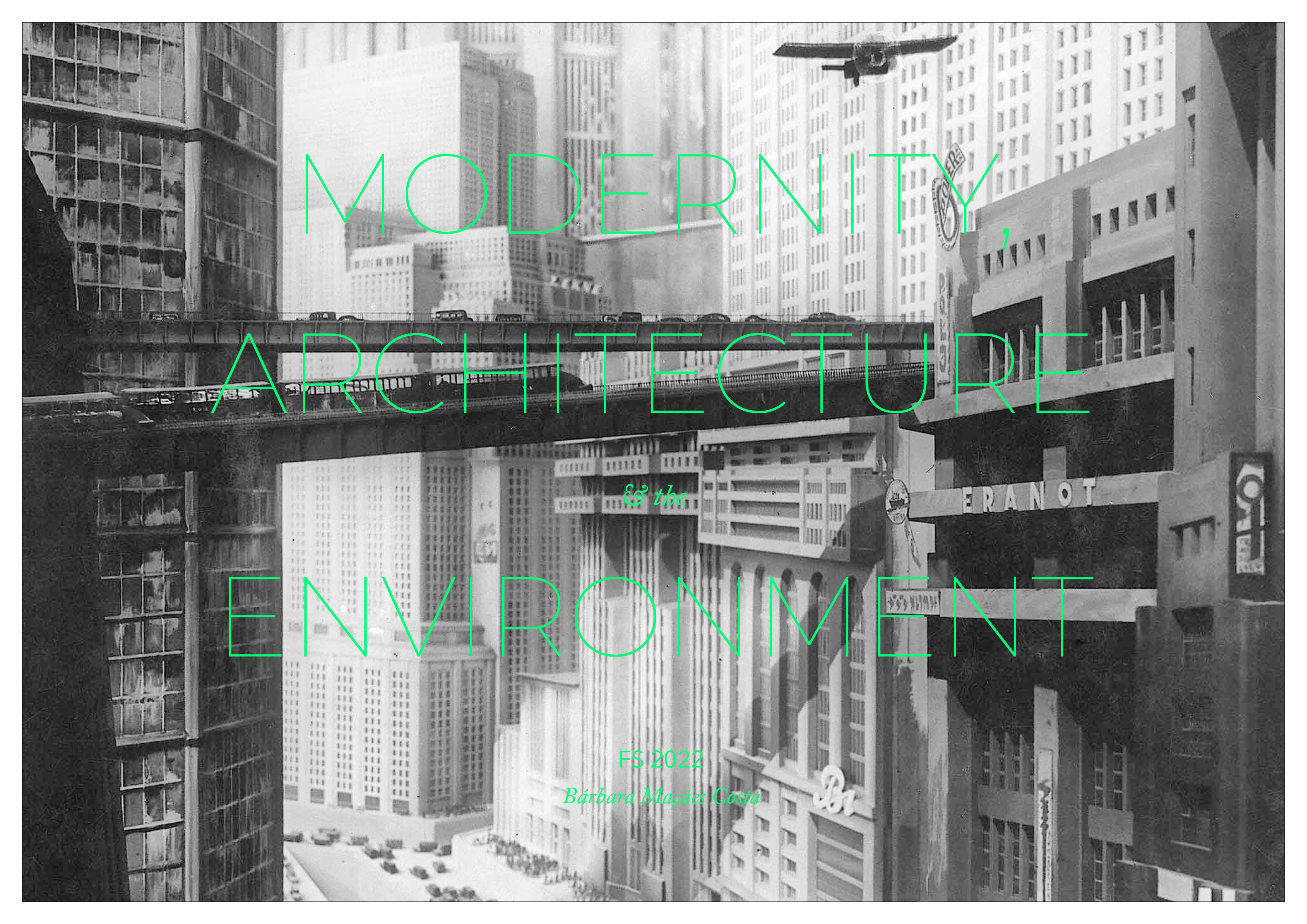
Environmentalism is a modernist concern. Its roots can be traced back to Romanticism and the Industrial Revolution, two major manifestations of the rise of capitalism and its contradictions in modern bourgeois society. The turmoils of land enclosure, peasant migration, and rapid urban growth tainted the edifice of Enlightenment reason with a sense of the tragedy of development. In this new world, as Marx described, "All that is solid melts into air, all that is holy is profaned, and humans are at last compelled to face with sober senses their real conditions of life, and their relations with their kind." In other words, orphaned from divine providence modern individuals struggle with their newfound consciousness over the volatile nature of their environment.
The so-called "will to architecture" is at the heart of this struggle. Architects shape and preserve social memories while striving to give form to individual and collective desires. The balance between preservation and development is the object of our discipline, and it is one of the most pressing political issues of our time. With this in mind, the course maps the evolution of the environmental question in architecture over its longue durée, i.e., from the beginning of modernism (around 1848) to postmodernity, which is here understood as part of the same cultural movement. From this period we abstract twelve architects and concepts, each mediating a specific relation between building and context. The aesthetic choices conveyed in the architecture thus appear no longer disinterested but complex, while at the same time, from the overall map of concepts we unfold a history of the modernist idea of environment.
Throughout the course students should keep in mind the following questions: how should architecture reflect society's relation to the environment; how should it constitute a critique of said relation; and how should it predict a collective ideal?
Sessions
1. Ledoux and the Primitive Hut
2. Morris and the Crystal Palace
3. Geddes and the Valley Section
4. Wright and the Prairie Bungalow
5. Gropius and the Abstract Machine
6. Ginzburg and the Social Condenser
7. Smithsons and the Habitat Threshold
8. Rossi and the Historical Type
9. Siza and the Proletarian Island
10. Banham and the Cybernetic Bubble
11. Venturi & Scott-Brown and the Stripmall Monument
12. Koolhaas and the Schizoid Object
- Professor: Bárbara Macaes Costa